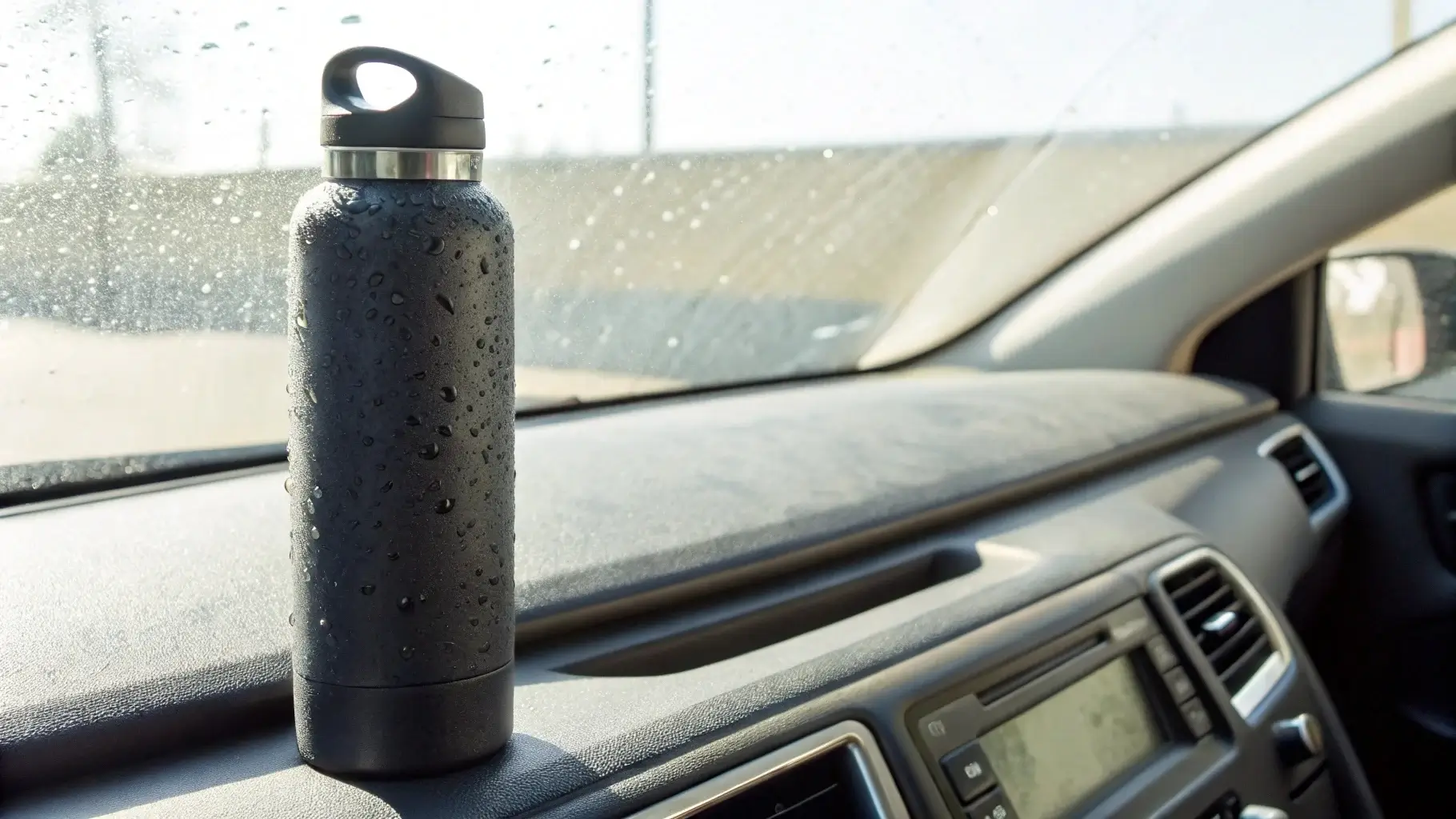
Drinking water from an old bottle may seem harmless, but how long can water safely sit in a bottle before it becomes risky? The answer depends on several factors, including the conditions the water is stored under. Let’s explore whether it’s safe to drink water that’s been sitting in a bottle for 1-3 weeks.
It’s generally not recommended to drink water from an old bottle that has been sitting for over a week, especially if it hasn’t been properly sealed or stored.
Understanding how long water can safely sit in a bottle and what risks it may pose is essential for your health. Keep reading to find out the details.
Can I Drink 1 Week Old Water Bottle?
You may have left your water bottle sitting in your car, desk, or gym bag for a week. Is it still safe to drink? The answer is: it depends.
Water stored in an old bottle for a week may still be safe to drink, but the quality can degrade. Bacteria can grow over time, especially if the bottle wasn’t properly sealed or kept in a warm environment.
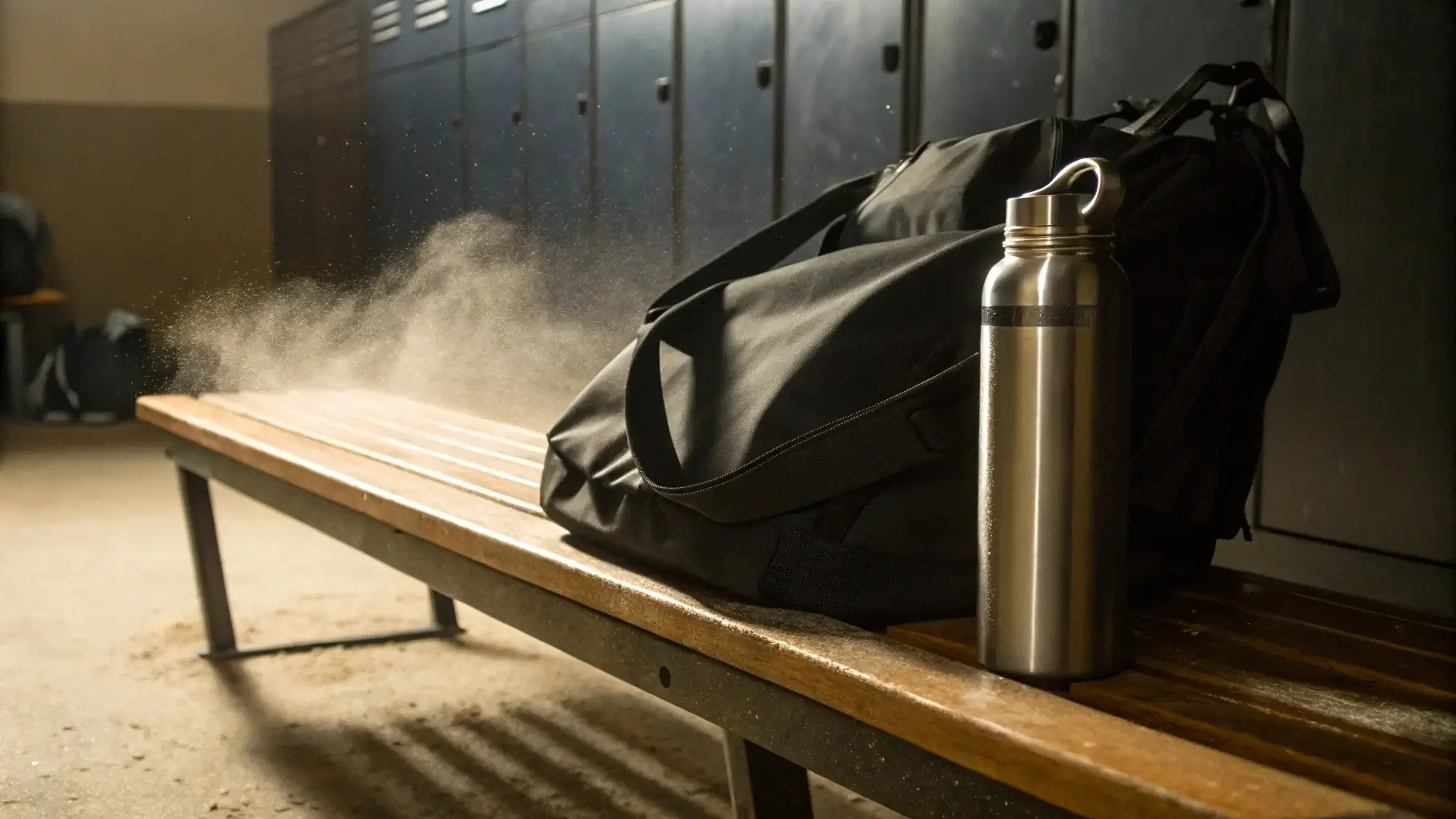
Factors Affecting Water Quality
- Temperature: If the bottle was kept in a warm environment, bacteria grow more rapidly1.
- Seal Quality: A bottle with a loose or broken seal could allow contaminants to enter2, compromising the water quality.
- Exposure to Sunlight: Sunlight can cause algae growth3 and introduce bacteria into the water.
Risks of Drinking Week-Old Water
While the water may not taste as fresh, drinking a week-old bottle of water in most cases doesn’t pose a significant health risk unless it has been exposed to bacteria or mold. If the water has an unusual taste or odor, discard it.
Is It Safe to Drink Water from an Old Water Bottle?
It’s easy to forget about a water bottle that’s been sitting around for a while. But how safe is it really to drink from an old bottle?
The safety of drinking water from an old bottle depends on how the bottle was stored and for how long. Bacteria and other pathogens can accumulate inside, especially if the bottle hasn’t been cleaned properly.
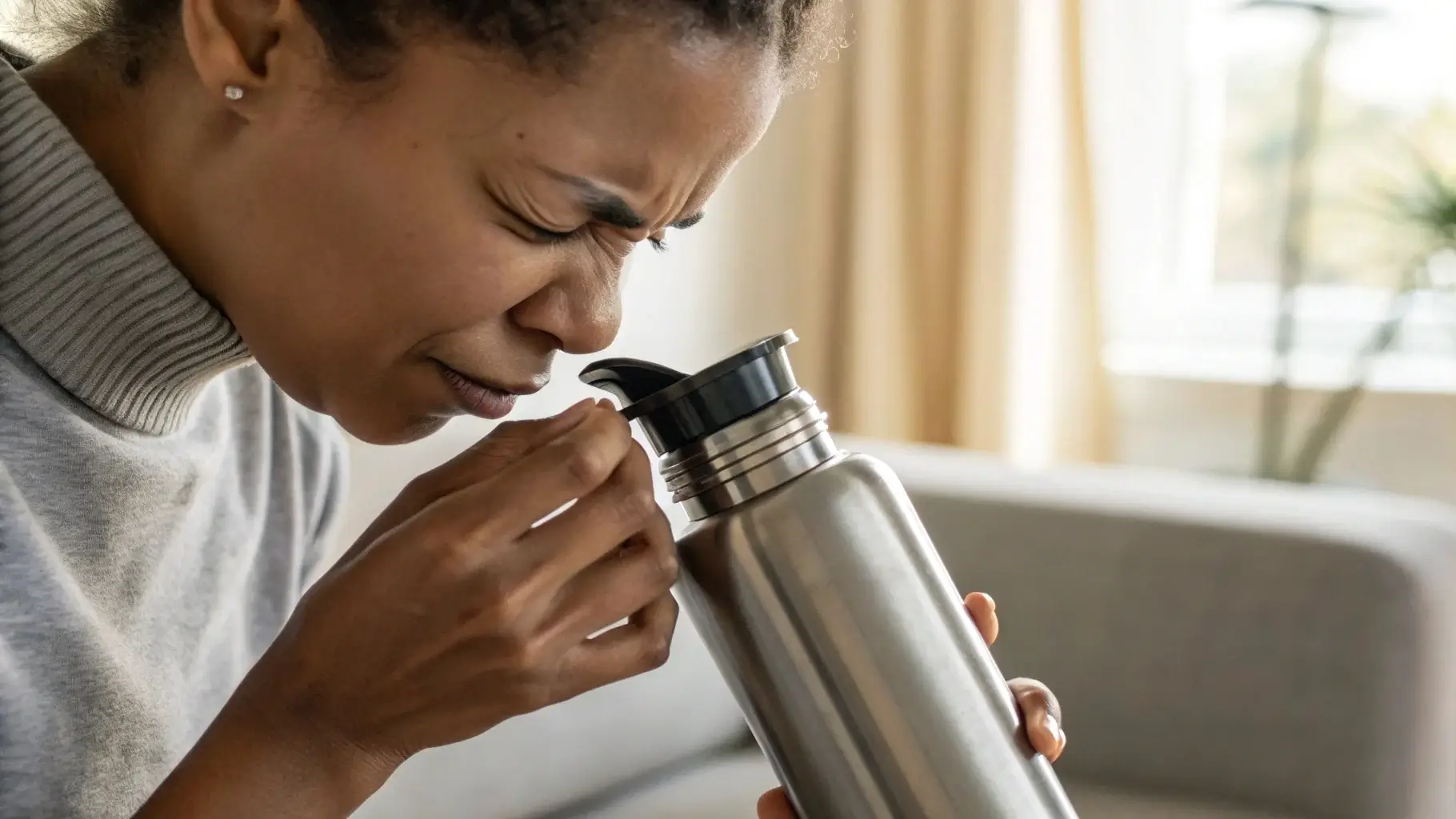
Signs the Water is Unsafe
- Cloudy Appearance: Cloudy or murky water may indicate bacterial growth4.
- Unpleasant Odor: A bad smell is a sign that something has grown inside the bottle.
- Visible Mold or Slime: If you see mold or slime inside the bottle, it’s time to discard the water.
Preventive Measures
If you plan on storing water in a bottle for an extended period, always ensure that the bottle is tightly sealed, kept in a cool place, and cleaned regularly5.
Is It OK to Drink 2 Weeks Old Water?
Two weeks is pushing it when it comes to storing water in a bottle. The longer water sits, the more likely it is to develop harmful bacteria or mold.
Water left in a bottle for two weeks is not considered safe, especially if the bottle has been exposed to heat or humidity. Bacteria growth increases after about a week, and the water quality continues to decline the longer it sits.
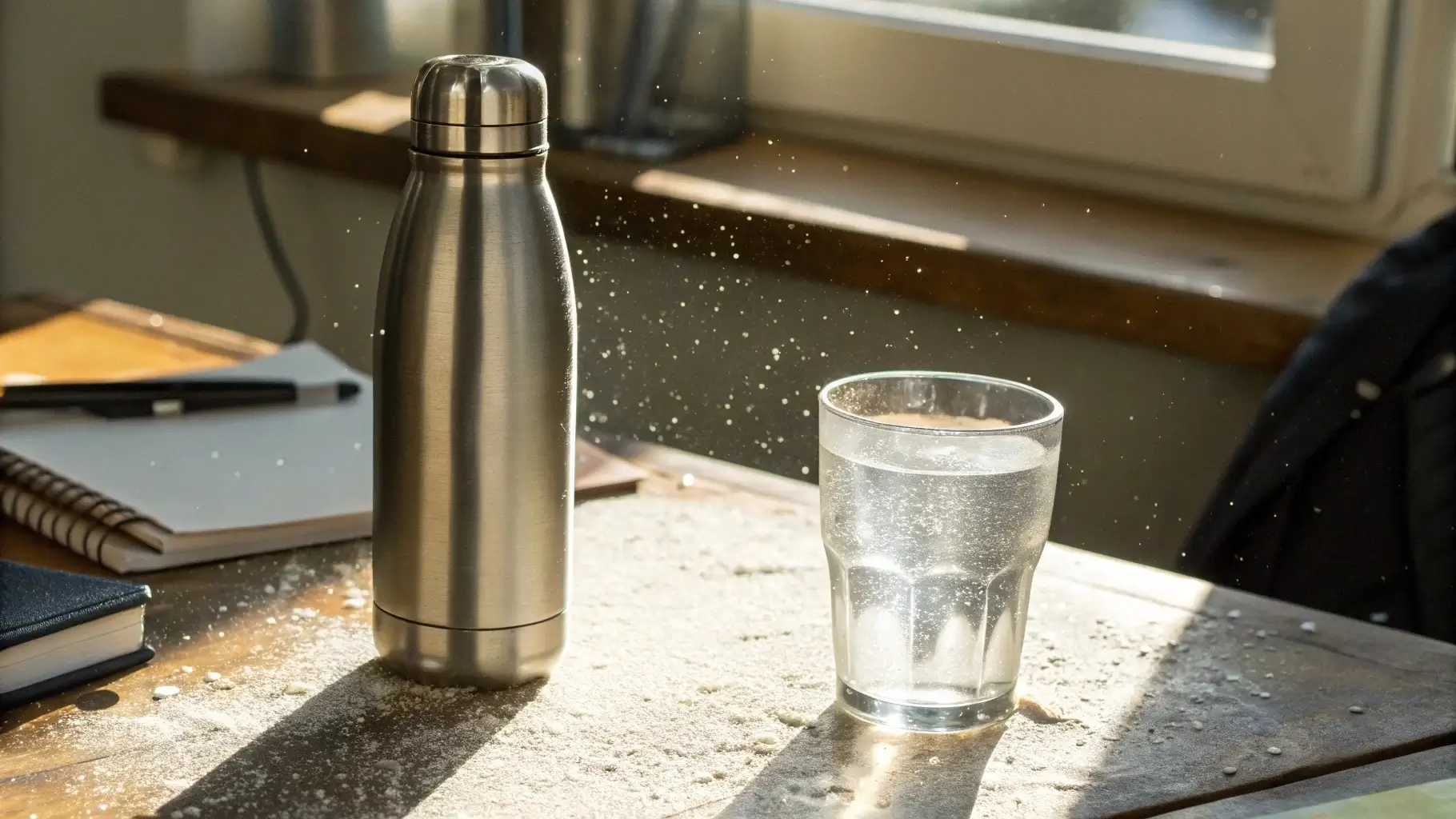
Bacterial Growth and Stagnant Water
As water becomes stagnant, microorganisms such as bacteria6 can begin to grow. This process happens more quickly when the bottle is stored in warm conditions or if it’s been exposed to dirt or air.
How to Know If Water is Unsafe
Before drinking water that’s been stored for two weeks, check for any signs of contamination. If the water looks or smells off, it’s better to discard it.
How Long Can Water Sit in a Water Bottle?
Water can sit in a water bottle for a while, but there are limits. Ideally, it’s best to drink the water within a few days to ensure it remains fresh and safe.
Water can stay fresh for up to 2-3 days in a bottle if stored in a cool, clean, and sealed container. After that, bacteria and other contaminants can start to accumulate.
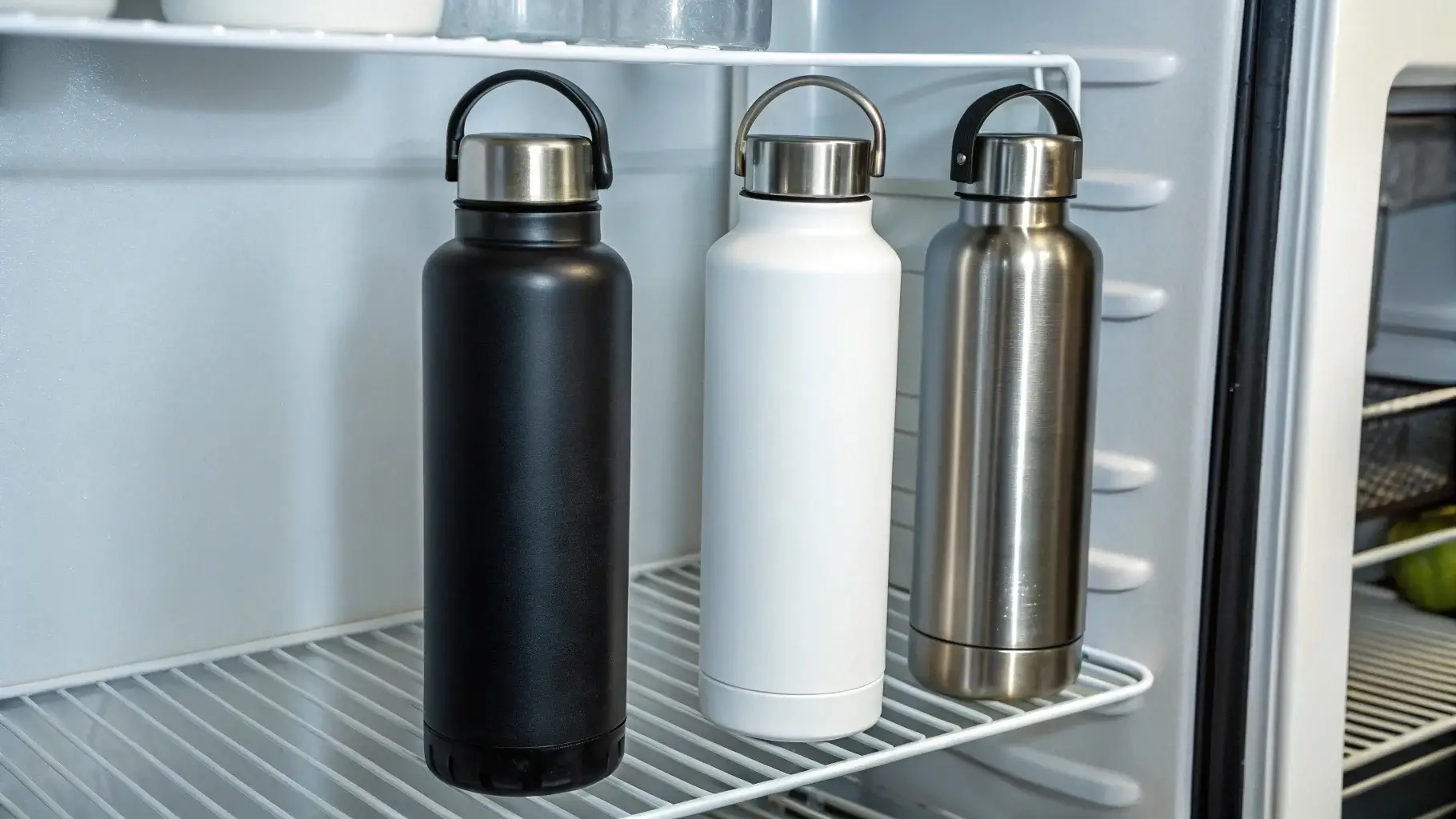
Storing Water Safely
- Store in a Cool Place: Avoid direct sunlight or heat sources7.
- Sealed Bottles: Always make sure the bottle is tightly sealed to keep out contaminants.
- Regular Cleaning: Clean your bottle thoroughly every few days to prevent bacteria buildup.
Risks of Storing Water Too Long
The longer water sits in a bottle, the higher the chances it will pick up bacteria, mold, or other harmful microorganisms. If left long enough, even a sealed bottle may still harbor dangerous pathogens.
How Long Before Water Becomes Stagnant?
Water doesn’t become “stagnant” immediately after being placed in a bottle. However, over time, without proper care, water can become a breeding ground for bacteria.
Water can start to become stagnant after 3-5 days if stored improperly, especially in warm environments.
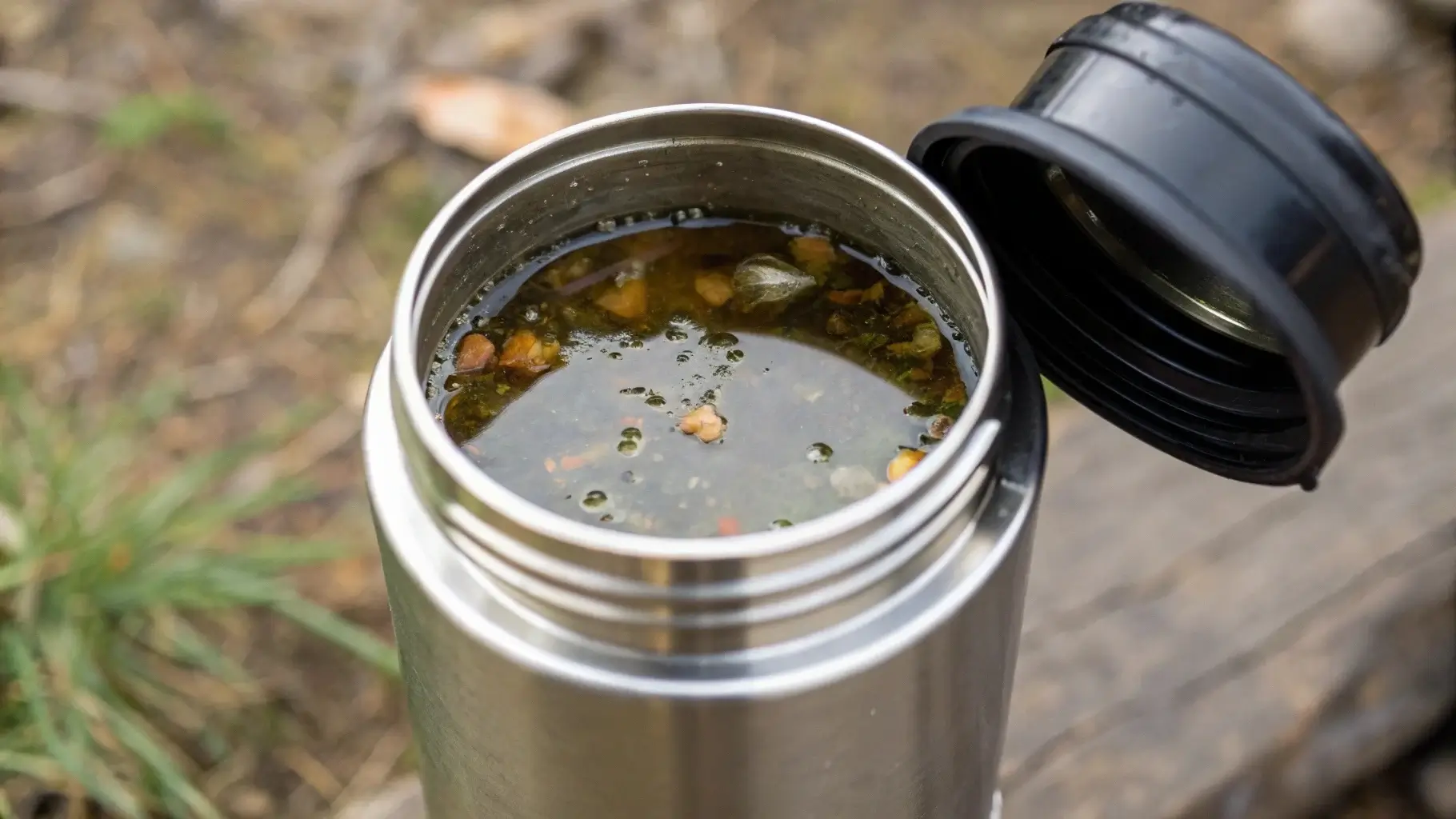
Factors That Contribute to Stagnation
- Temperature: Higher temperatures speed up bacterial growth.
- Air Exposure: If the bottle isn’t sealed well, bacteria and dust can enter, causing the water to become stagnant.
- Cleanliness of the Bottle: If your bottle has residue, mold, or dirt inside, the water will become stagnant much faster.
How Long Can Water Sit in a Hydro Flask?
Hydro Flask bottles are great for keeping your water cool, but how long can you leave water in them?
Even in an insulated bottle like a Hydro Flask, water should not be left for extended periods. While the insulation prevents water from getting warm quickly, bacteria can still grow over time.
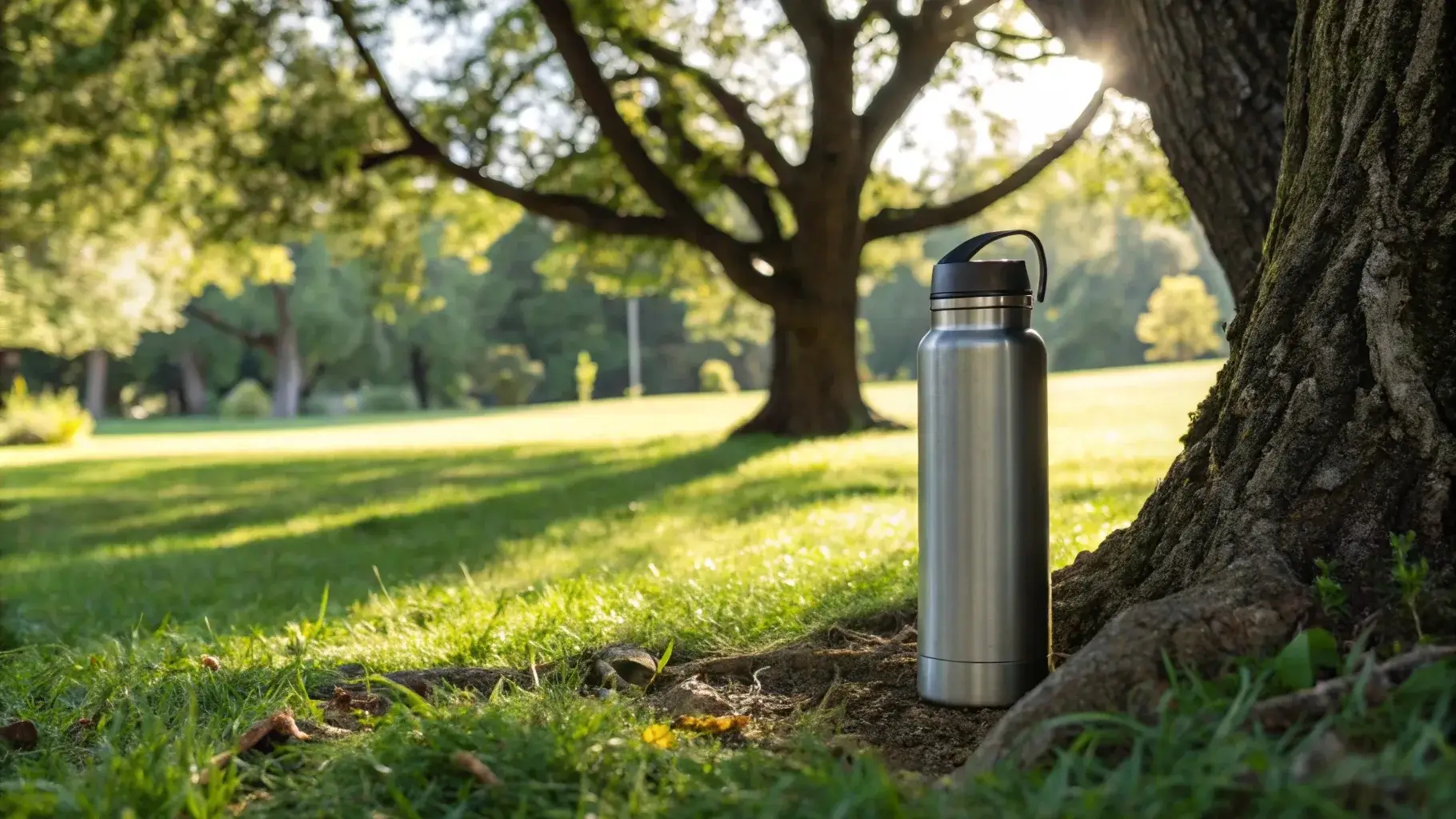
Is the Hydro Flask Design Helpful?
The insulated design helps maintain water temperature, but it doesn’t prevent bacteria from growing. Even in a Hydro Flask, water should be consumed within a few days for the best taste and quality.
Best Practices for Hydro Flask
- Clean your Hydro Flask regularly to prevent bacteria buildup.
- Avoid leaving water in the bottle for more than a few days.
- Use it primarily for keeping beverages cold or hot, not for long-term water storage.
Conclusion
For the best taste and safety, avoid drinking water from a bottle that has been sitting for over a week. Regularly clean your bottles and store water properly to ensure it stays fresh.
-
Learn how warm temperatures accelerate bacterial growth in stored water ↩
-
Understand how poor sealing allows external contaminants into water bottles ↩
-
Find out how sunlight exposure can lead to algae and bacteria in water ↩
-
Discover why cloudy water often signals bacterial contamination ↩
-
See why cleaning your water bottle regularly helps prevent microbial buildup ↩
-
Learn which bacteria and microbes can grow in stagnant water ↩
-
Understand how heat and sunlight degrade water quality over time ↩

